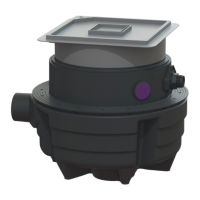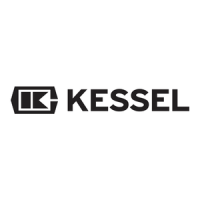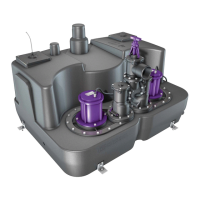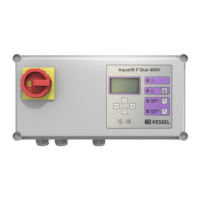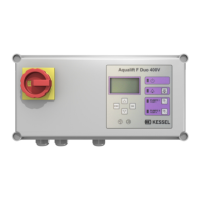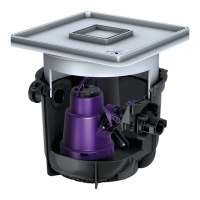INSTRUCTIONS FOR INSTALLATION, OPERATION
AND MAINTENANCE
KESSEL Lifting station Aqualift F Basic
Status 2017/11 Part no. 010-974
Installation Commissioning Instructional brieng
for the system was carried out by your specialist company:
Name/signature Date City
The economical way to
discharge wastewater for
the private sector
With oat switch to detect
switching and alarm levels
Flexible and fast thanks
to a variety of connecting
muffs
DIN EN 12050-1
Product advantages
Stamp of specialist company
Subject to technical modications





